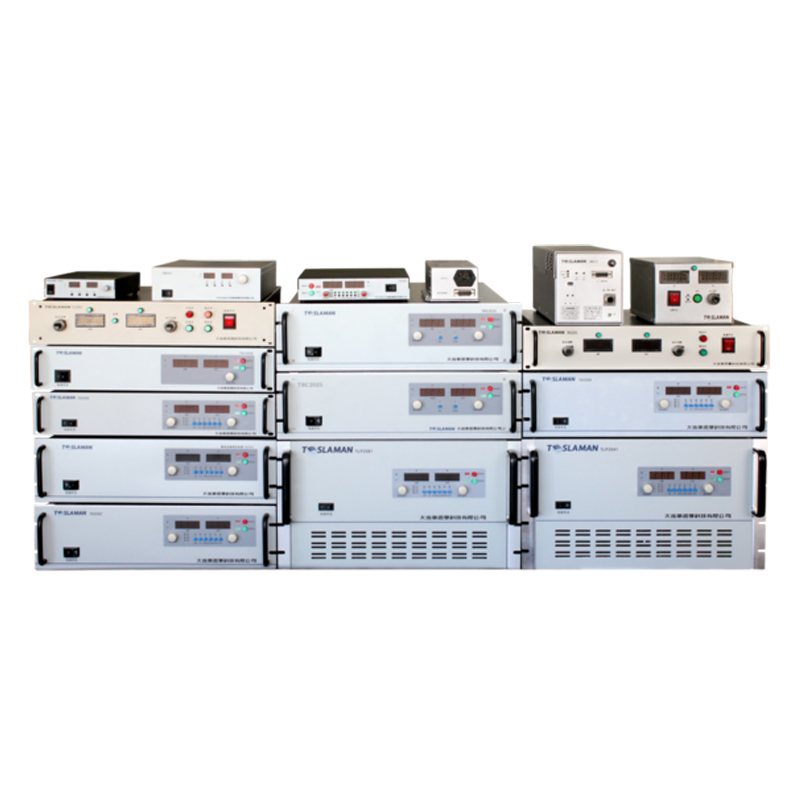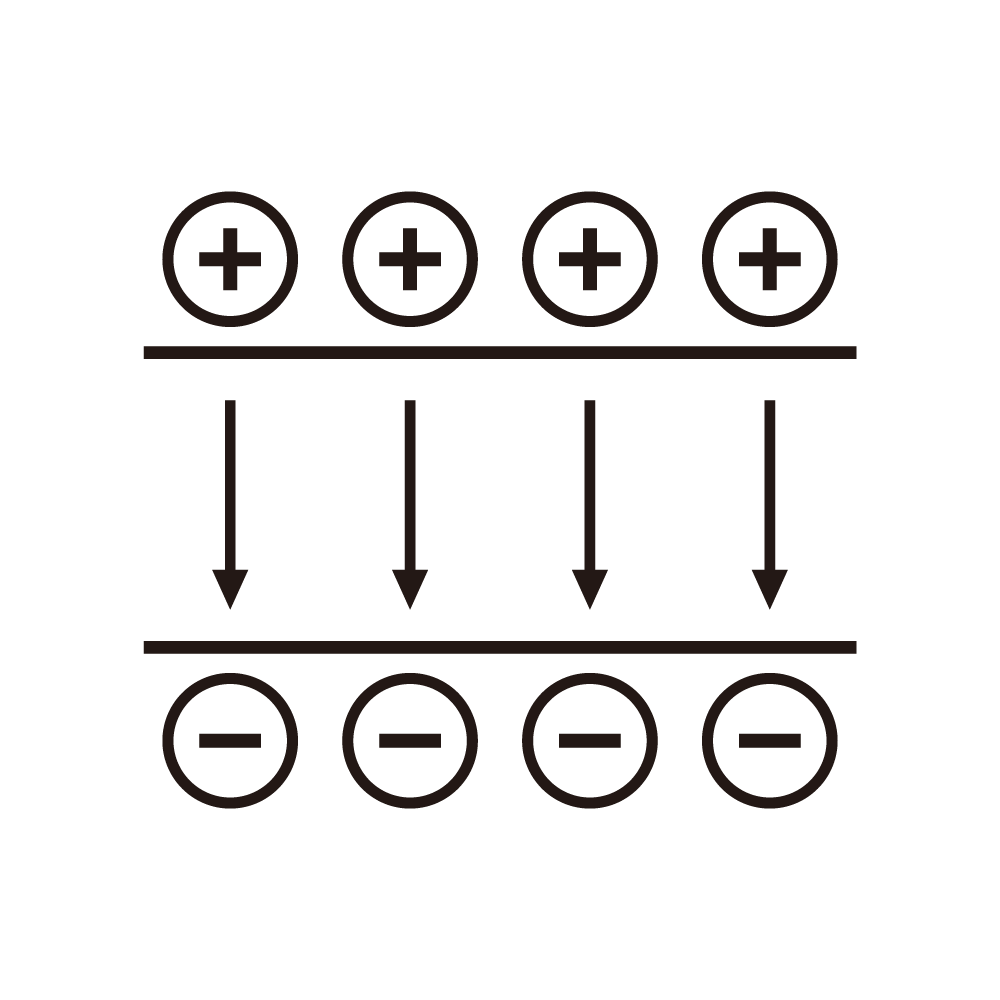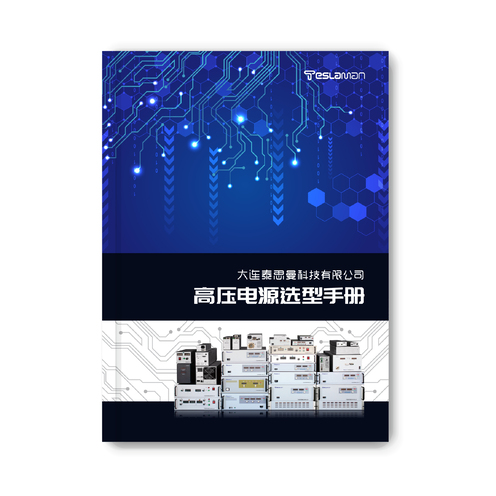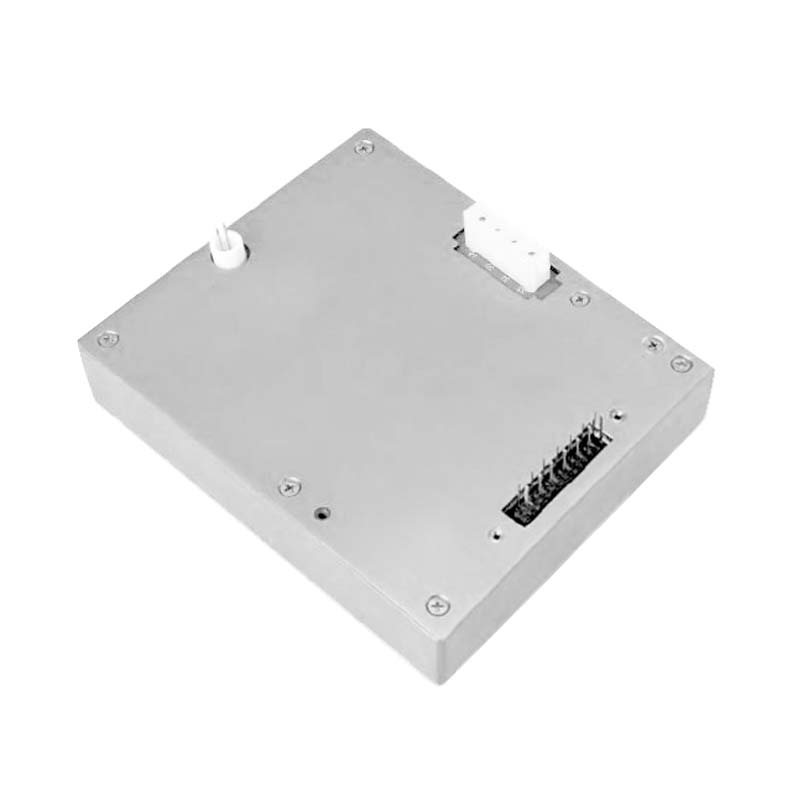Feedback Mechanism of High-Voltage Power Supply for Semiconductor Testing: The Core Element Ensuring Precise Testing
At present, with the booming semiconductor industry, semiconductor testing, as a crucial step to ensure the quality and performance of products, the feedback mechanism of the high-voltage power supply used therein plays an extremely important role. There is a wide variety of semiconductor devices, ranging from simple diodes to complex integrated circuit chips. Different semiconductor products have strict requirements for testing conditions, and the feedback mechanism of the high-voltage power supply is the "master regulator" behind accurately meeting these requirements.
Semiconductor testing usually requires simulating various actual working conditions in a high-voltage environment to detect key indicators such as the withstand voltage capacity and leakage characteristics of the devices. The stability of the high-voltage power supply output is directly related to the accuracy of the test results. The feedback mechanism is like a sharp "observer", constantly closely monitoring various parameters of the power supply output. It uses voltage sensors as its tentacles to collect the output voltage value in real time and convert this electrical signal into digital information that can be processed and quickly feed it back to the control system.
When a deviation of the voltage from the preset value is detected, the feedback system immediately triggers a control action. In a typical negative feedback loop, if the output voltage rises and exceeds the precise test voltage range set for a certain semiconductor chip, the control system will respond promptly based on the feedback information. It may adjust the pulse width modulation (PWM) signal to change the conduction time of the power switch tube, thereby reducing the input energy of the primary winding of the power transformer and making the secondary output voltage drop back to the standard range. Conversely, if the voltage is too low, it can also accurately increase the energy input to boost the voltage. This dynamic and real-time adjustment process can ensure that during long-term and multi-batch semiconductor testing, the voltage fluctuation is controlled within an extremely small range, generally reaching millivolt level or even smaller deviations, guaranteeing that each tested semiconductor is subjected to consistent and precise voltage stress.
Current feedback is equally indispensable. During semiconductor testing, different test items, such as breakdown current testing and forward conduction current characteristic detection, have strict limits on current. The current sensors in the feedback mechanism monitor the circuit current in real time. Once an abnormal fluctuation in the current occurs, it may indicate a defect in the tested semiconductor or a problem with the power supply output. For example, when performing a withstand voltage test on a high-power semiconductor device, if an avalanche breakdown phenomenon occurs, the current will rise sharply in an instant. After detecting this mutation, the feedback system will quickly activate a protection mechanism. On the one hand, it will cut off the high-voltage output to prevent further damage to the device and impact on the testing equipment; on the other hand, it will record and feedback the fault information to assist testers in quickly locating the root cause of the problem and determining whether it is a flaw in the semiconductor's manufacturing process or an improper test condition setting.
Moreover, the feedback mechanism also works in coordination with temperature monitoring. Under high-voltage loading, both the semiconductor itself and the testing circuit will generate heat, and temperature changes will affect the electrical characteristics of the semiconductor and the output performance of the power supply. Through thermal sensing elements to perceive the temperature, the feedback system adjusts the voltage and current output in real time to avoid test errors or even device damage caused by overheating and ensure that the testing environment remains in a suitable thermal steady state.
In conclusion, the feedback mechanism of the high-voltage power supply for semiconductor testing integrates real-time monitoring and control in multiple dimensions such as voltage, current, and temperature. It is like building a stable "parameter bridge" for semiconductor testing, accurately matching testing requirements and ensuring the reliability of each test data, laying a solid foundation for the semiconductor industry to move towards higher quality development.




















